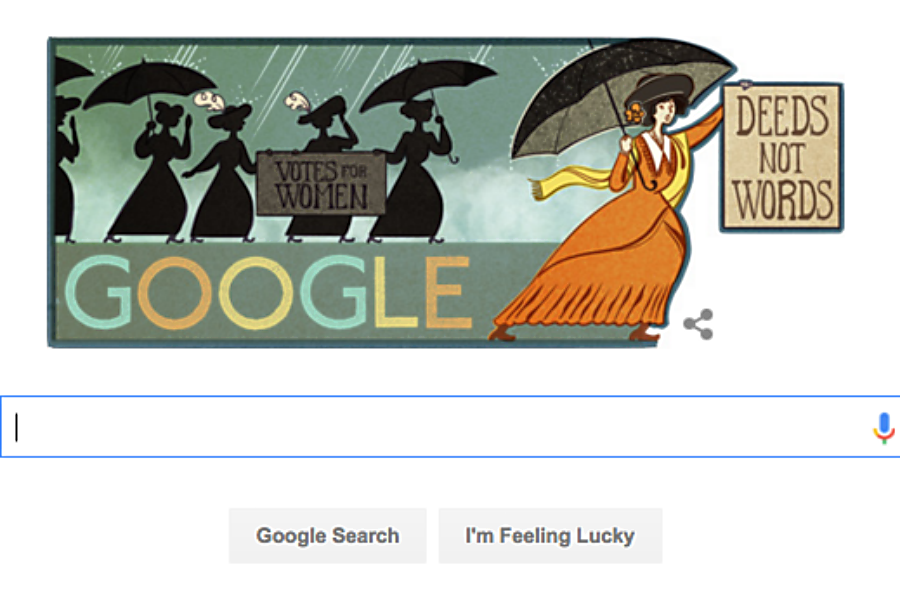Alice Paul: How her Quaker roots shaped her gender activism
Loading...
On what would have been her 131st birthday, women’s rights activist and suffragist Alice Paul is depicted on Google’s search page holding up a sign that reads, “Deeds not words.”
No doubt Ms. Paul, who spent years with the London suffragists behind the motto, would have approved. A key figure in the campaign for the 19th Amendment to the US Constitution, which afforded American women the right to vote, Paul – drawing from her Quaker upbringing – devoted her life to securing equal rights for women.
Today, she is regarded as “the architect of some of the most outstanding political achievements of the 20th century,” according to the Sewall-Belmont House & Museum, a Washington, D.C., institution that commemorates women’s history.
Critical to Paul’s activism were her Quaker roots. Born on Jan. 11, 1885 in Mt. Laurel, N.J., Paul’s parents raised her to believe in Quaker principles such as absolute equality – including among the genders – and the need to improve society. Her mother, Tacie, first introduced Paul to the suffrage movement, taking young Alice to National American Woman Suffrage Association (NAWSA) meetings and entertaining members at their home, according to the Alice Paul Institute, based in Paul’s hometown.
In 1906, Paul moved to London, where under the influence of radical suffragist Emmeline Pankhurst, she became versed in hunger strikes and incarceration in the name of her cause.
When she returned to the United States in 1910, Paul brought with her the tactics of civil disobedience. With fellow activist Lucy Burns, Paul joined the NAWSA and organized the “Silent Sentinels,” a group of women who were the first to picket the White House and held hunger strikes in protest. Calling on Woodrow Wilson to stand for women’s liberty with signs that read, “Mr. President, what will you do for woman suffrage?” And “Mr. President, how long must women wait for liberty?”
The women faced harassment, threats of being sent to insane asylums, and finally jail, where they were force-fed through tubes when they staged a hunger strike, PBS reports.
Their efforts paid off in 1917 – a year after the picketing began – when President Wilson at last announced his support for women’s suffrage “as an act of right and justice to the women of the country and the world.” The 19th Amendment passed three years later, on Aug. 26, 1920.
Beyond winning the vote, Paul also saw a federal court throw out the charges against the picketers and issue permits to hold demonstrations in Washington for the first time, journalist and author Mary Walton wrote for Harvard Magazine in 2010.
In the years that followed, Paul – equipping herself with three law degrees – continued to fight for equality, securing equal rights guarantees both in the United Nations charter and the 1964 Civil Rights Act. She wrote and pushed for the passage of the Equal Rights Amendment (ERA), which affirms equal rights to the sexes under the law. Congress passed the ERA in 1972, but still has not ratified it.
Late in life, Paul tried to explain what she was trying to achieve with women’s liberty, saying, women "probably are going to do a lot of things that I wish they wouldn’t do; but it seems to me that it isn’t our business, to say what they should do with it [their liberty]. It is our business to see that they are free.”
Paul died on July 9, 1977, at the age of 92.







